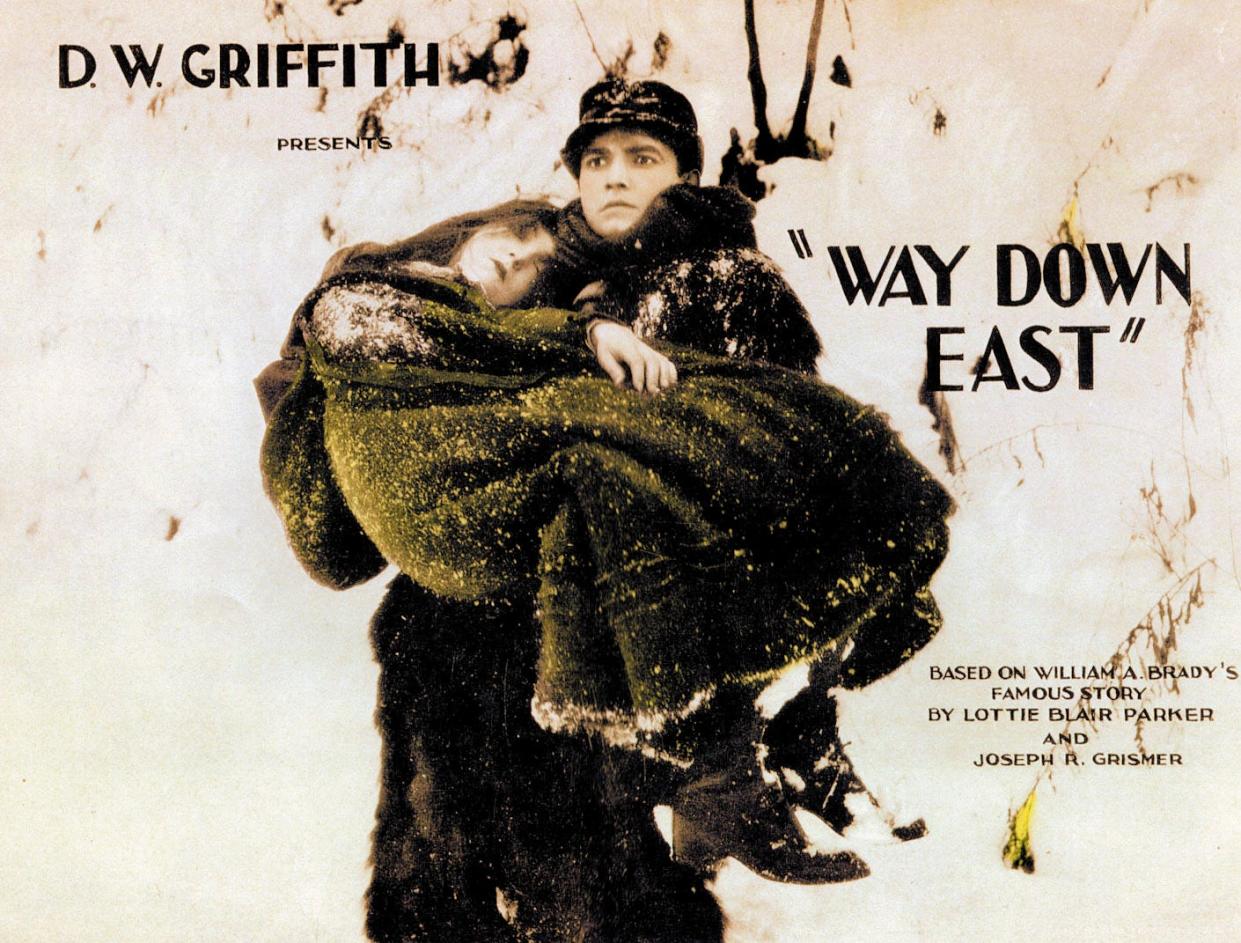Looking Back: A bear plays on the city's green

- Oops!Something went wrong.Please try again later.
One hundred years ago, the June 15, 1922 Charlevoix Sentinel reported on how important Loeb Farms, now Castle Farms, south of town had become in the field of animal husbandry.
“SOLD AT TOP FIGURE. Charlevoix Marbury DeKol Goes At High Price. R. F. Sloan returned from Kansas City, Mo., early this week, where he attended the Annual Stock Review in the interest of Loeb Farms. Incidentally he disposed of one year old Charlevoix Marbury DeKol, one of the Loeb Farms herd of Holsteins, at a price higher than was paid for any other animal exhibited and sold from the yearling class.”
Within four years of opening, the Farms had gained for itself a reputation as one for one of the finest cattle breeding operations in the United States.
More: Looking Back: There's always someone famous in Charlevoix
More: Looking Back: Pigeons, buildings and bears — oh my!
Five years after his iconic, and still divisive epic “Birth of a Nation” reached the screen, in 1920 fabled Hollywood director D. W. Griffith released another, even more expensive endeavor titled “Way Down East” starring Lillian Gish and Richard Barthelmess. It took two more years for the film to reach Charlevoix. In the same Sentinel issue appeared a front page article on what to expect, accompanied by the usual hyperbole of the era. “WAY DOWN EAST” Greatest of Screen Plays to Come Here. W. D. (the Sentinel got his initials switched around) Griffith’s ‘Way Down East’ Coming to the Palace Theater. Announced as the most remarkable production with which the name of David W. Griffith has yet been associated is his ‘Way Down East,’ made from the famous stage play of the same name and which will be shown in this city for the first time at the Palace Theatre, for a run of three weeks.”
The play, by Lottie Blair Parker, premiered in 1897, and the Welsh actress Phoebe Davies who originated the lead role of Anna had performed it 4000 times by 1909. Davies continued on for three more years until she suddenly died in 1912. By the time Griffith filmed it, the outrageously overdramatic plot was considered to be outdated.
But by removing much of the action to the real, not staged, great outdoors, Griffith’s patented action scenes opened up the story to such an extent, including a raging blizzard and a climactic rescue scene on ice floes atop a waterfall, that the $700,000 production earned $4.5 million, one of the highest grosses of any movie to that time. The ice floe sequence, filmed in the depths of winter, caused frostbite on Griffith’s face, and a scene in which Gish dips her right hand in the frigid water (her idea) caused an impairment in the limb that lasted for the rest of her life.
Close-ups of the waterfall, only a few feet high, and immediate wooded area found in White River Junction, Vermont were used for the location scenes; the single long shot needed was an interpolated sequence of Niagara Falls. In actuality, the floes going over the falls scene was filmed out of season. The floes were wooden forms painted white. But all the rest was the real deal. Much of the ice above the falls had to be removed by dynamite or saw. Gish and Barthelmess were filmed walking on, and grappling with, real ice. They, and Griffith, suffered for their art, but their travails resulted in a smashing success.
The film was rumored to contain scenes done in color. This is what the Sentinel said: “Digressing from the stage version, he (Griffith) will take his audience from the simplicity of countryside to the lavishness of city mansions and thus display in a new series of color schemes an array of elaborate gowns and surrounding typical of wealth. At the end will come the famed terrifying New England blizzard and the break up of the ice gorge in the Connecticut river, scenes which in other cities have made audiences grip their seats.”
If true, then “Way Down East” contained some of the earliest colorized film footage. The first full length true color films appeared exactly 100 years ago, in 1922.
Fifty years ago, the June 14, 1972 Charlevoix Courier reported a “Bear Plays Through On City Golf Links. A family of black bears has been roaming the area just north of Charlevoix over the last week, as several different spottings of bear have been reported. On Thursday, play at the city golf course was momentarily interrupted to allow a blacky time to get off the fairway. The bear appeared to be about two years old and weigh about 400 pounds. It cut across the second and fourth fairways, and then headed towards the Mount McSauba area. The family probably consists of a mama and two cubs. When contacted, the Department of Natural Resources stated that the bears should simply be left alone. If left to themselves the bears will not become a problem. There have been no reports of damage. And as long as people are willing to leave the bears alone, there probably will be no problems, according to the DNR.”
This article originally appeared on The Petoskey News-Review: Looking Back: A bear plays on the city's green

